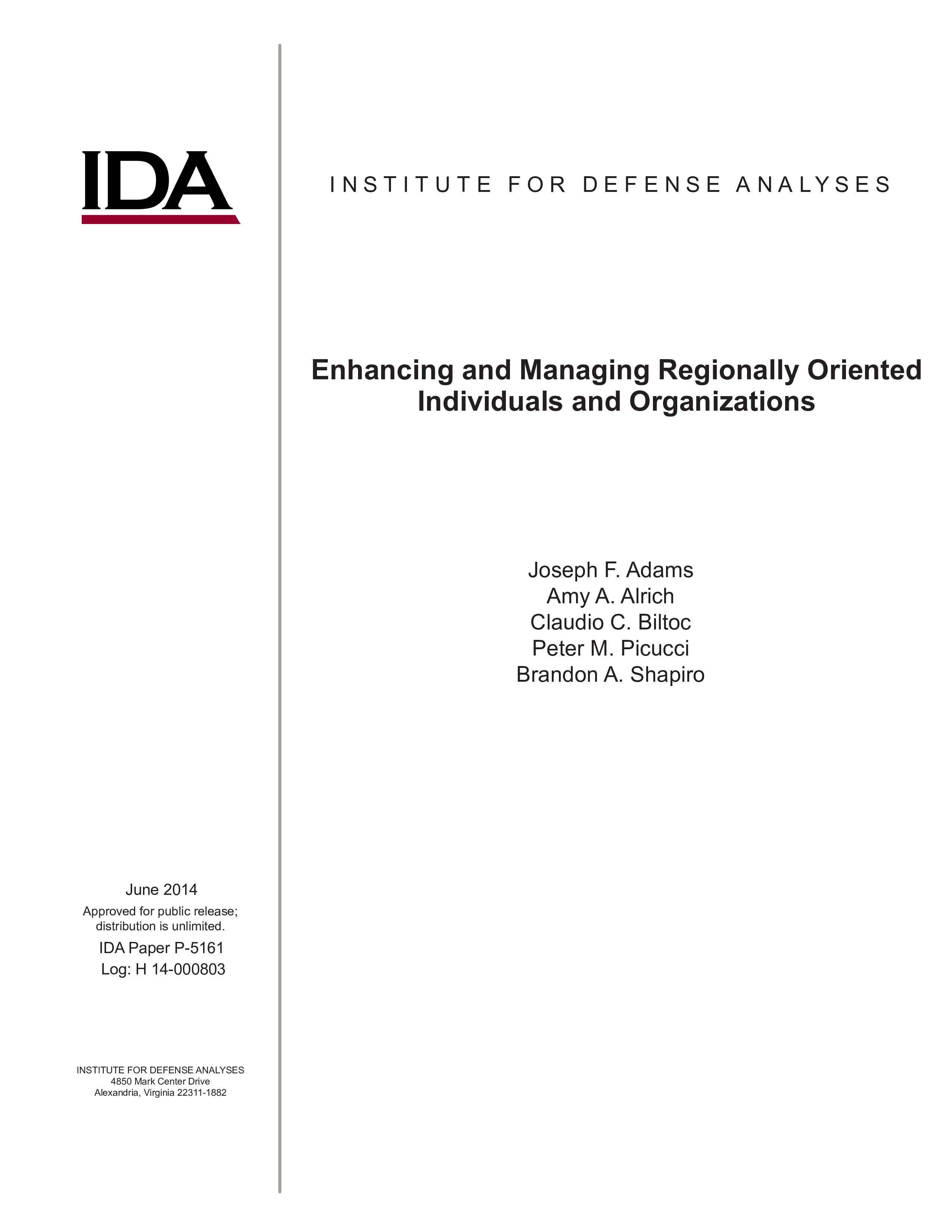The 2012 Defense Strategic Guidance document, Sustaining U.S. Global Leadership, emphasized global presence, alliances, and partnerships. This emphasis has been reinforced by every subsequent Secretary of Defense. Most recently, at the 2014 West Point commencement ceremony, President Obama emphasized building partner capacity as essential. These speeches and the Defense Strategic Guidance document call for the Services to retain security cooperation capabilities and to continue to invest in regionally oriented capabilities. In contrast with this guidance, the Military Services seem to be aligning resources to support what they view as traditional warfighting capabilities—as observed in Service budget submissions. This situation suggests a misalignment between ends, ways, and means. Some Services are disestablishing relevant programs. Other Services are maintaining some capabilities, while cutting capacity. Yet with such decisions being made, there does not appear to be any oversight function to ensure that senior leadership has a comprehensive picture of what is evolving. This document summarizes IDA’s examination of the management of regionally oriented personnel and organizations. IDA focused on personnel management practices; force management systems; and preparation for regionally specific missions. IDA also documented senior leaders’ perspectives on enduring approaches to regional preparedness, and identified transformational steps to enhance regionally oriented capabilities.

